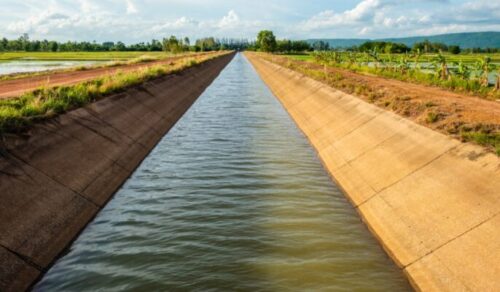SEDIMENTATION – PURPOSE, TYPES OF SEDIMENTATION TANKS
Sedimentation is the process of allowing suspended particles in water or wastewater to settle out of suspension under the influence of gravity. The purpose of sedimentation is to remove particles and impurities from the water, making it clearer and suitable for further treatment or discharge.
There are various types of sedimentation tanks, including:
Rectangular sedimentation tanks: These are the most commonly used sedimentation tanks and are rectangular in shape. They are typically used in small to medium-sized treatment plants.
Circular sedimentation tanks: These tanks are circular in shape and are used in larger treatment plants. They are more efficient than rectangular tanks and can handle a higher flow rate.
Upflow sedimentation tanks: These tanks operate on a different principle than other sedimentation tanks. Water is introduced at the bottom of the tank and flows upwards. The suspended particles settle out of suspension as they rise to the surface.
Inclined plate sedimentation tanks: These tanks use inclined plates to increase the settling area and improve the sedimentation process. They are typically used in high-flow, low-turbidity applications.
The choice of sedimentation tank depends on the specific requirements of the treatment plant, such as flow rate, particle size distribution, and the quality of the water being treated


